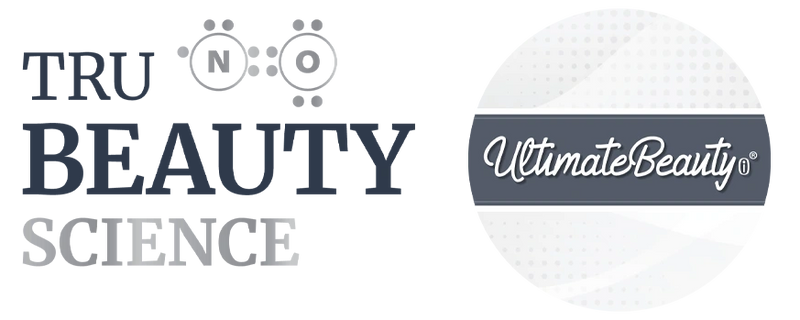Aging is not a slow decline. It’s a rhythm shift. It invites deeper focus, intentional pacing, and smarter systems for sustaining the body, mind, and spirit. The challenge isn’t just to live longer, it’s to live more clearly, more energetically, and with a stronger sense of purpose. Fortunately, a growing body of research gives us tangible practices that support regenerative, healthy aging. Here’s a look at what actually matters.
Eat for Brain Health and Longevity
Nutrition isn’t about rigid restrictions. It’s about patterns that protect energy and cognitive clarity. One powerful example is the MIND diet, which blends Mediterranean and DASH principles to emphasize leafy greens, berries, nuts, olive oil, and lean proteins. Studies suggest the benefits of the MIND eating approach include a slower rate of cognitive decline and a reduced risk of Alzheimer’s. Unlike diets that obsess over scale numbers, this one supports the systems that matter most: memory, focus, and cellular repair. Small shifts like choosing whole grains over refined carbs or cooking with olive oil instead of butter can build protective rhythms into every meal.
Use Your Legs, Save Your Brain
Mobility isn’t just about joint health or staying independent. It’s directly tied to cognitive function and longevity. Walking regularly reduces inflammation and supports neuroplasticity, but there’s more. Movements that challenge coordination and leg strength—like adding step-ups to your routine—have a surprising cognitive benefit. Why? Because complex movements require brain activation, not just muscle use. Adding simple circuits of bodyweight exercises or learning a dance sequence can offer dual gains: stronger muscles and sharper mental acuity. Aging bodies don’t need punishment.
Don’t Skip the Rebuild
Sleep is the obvious rest lever. But what’s less talked about is the quality and strategic use of rest throughout the day. Physical repair doesn’t just happen during overnight sleep. As research on muscle repair happens during rest shows, recovery windows after exertion are essential for immune health, hormone balance, and muscle retention. That means midday breaks, stress reduction rituals, and even brief naps can become potent longevity tools. It’s not laziness; it’s maintenance. And in aging physiology, maintenance is mission critical.
Create Cognitive Anchors That Evolve
Brain games are fine. But what truly builds neural reserve is real-world complexity. Social interaction, learning, and problem-solving matter to your life, that’s where mental fitness thrives. One powerful tactic: structure your day around tools that prompt both awareness and planning. For instance, designing a wellness log is a great cognitive anchor. Using Adobe Acrobat’s guide on creating fillable PDFs, you can build a daily tracker for hydration, movement, mood, and sleep. Not only does this support habit formation, but the act of designing your own health tool also gives your wellness effort a tangible home.
Purpose Isn’t Abstract. It’s Practice.
We talk about “purpose” like it’s a life philosophy. But purpose is often a series of micro-decisions. It’s offering advice to someone in your field. It’s planting a small garden because you want the neighborhood to feel more alive. It’s continuing to show up when it’s easier not to. Research shows that purposeful engagement extends life and buffers against illness. But it doesn’t need to be huge. Start by naming something that matters to you—then build a weekly habit that acts on it. The clarity comes after the motion.
Age With Systems, Not Just Willpower
Sustainable energy, clarity, and mobility all require structure. And some of the longest-lived populations don’t rely on constant grit—they design lives that support wellbeing by default. That’s the logic behind adopting Mediterranean-style living. It’s not just olive oil or wine. It’s the walkable communities, social embeddedness, and cultural emphasis on pace and connection. Aging well is not about resisting the clock. It’s about shaping the hours you do have into something that feeds back into your health—automatically, daily, and joyfully.
The Hidden Pillar: Connection and Conversation
Finally, aging well is rarely done alone. One of the most underappreciated cognitive tools is companionship. Regular conversation, even casual check-ins, has shown to boost verbal fluency, emotional regulation, and overall memory retention. As studies on how regular social interaction builds reserve show, the act of staying mentally and socially active provides more benefit than any app or supplement. Who you talk to matters less than how often you engage.
There’s no one-size blueprint for healthy aging. But science is clear on this: vitality is a function of rhythm, not force. The more we design our days with care, the more aging becomes an expansion, not a narrowing. Build systems, not just goals. Lean into movement, rest, and connection. And above all, keep shaping your days like they still matter—because they do. (Guest Contributor: Written authentically by Julie Morris)
Discover the secret to healthy aging and beauty rejuvenation with Ultimate Beauty Health and enjoy 5% off your first order plus free shipping.

